For The King 2, embarks on a journey to not only emulate but to advance the legacy of its predecessor. While it manages to carry the torch forward with enhanced gameplay mechanics and a more substantial content offering, the road seems bumpy due to an array of user interface and user experience hiccups.
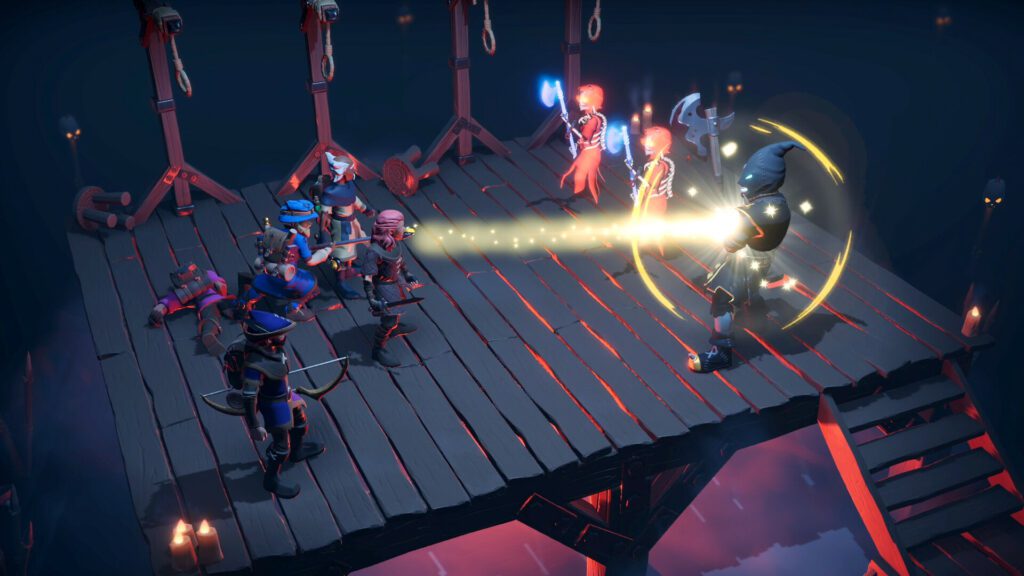
The game stays loyal to its roots in terms of aesthetics, gameplay, and storyline, exhibiting a familiar yet enhanced experience. The introduction of a 4-man party and position-based strategy alongside several quality-of-life improvements like the pre-adventure loadout are commendable. These gameplay tweaks enhance the combat system, making the battles more engaging and enjoyable. The game scores particularly high on gameplay, reflecting a well-thought-out effort to improve upon an already reliable combat system.
However, where For The King 2 shines in gameplay, it stumbles in its narrative. The story, described as a string of standard RPG missions tethered by a passable narrative, lacks the compelling essence to hook the players for the long run. The reliance on overused RPG tropes like fetch quests and dungeon crawls makes the plot bland and predictable, tarnishing the adventurous spirit the game aims to evoke.

The visual and audio aspects of the game receive a mixed response. While the high-resolution visuals and smooth fantasy finish are appreciated, the lack of innovation in art direction leaves players desiring more. The audio, though competently composed, lacks distinction within its genre, becoming somewhat repetitive over time.
A prominent concern among players is the game’s user interface and user experience design. The inconsistency in tooltip availability, cumbersome encyclopedia access, graphic overlays obstructing important information, and clunky menus in multiplayer mode are substantial gripes. The cluttered design, especially in combat, with enemies disappearing behind others due to a static battle camera, compounds the UI/UX issues. These design flaws, particularly in a multiplayer setting, hinder the smooth interactive experience expected in such gameplay.
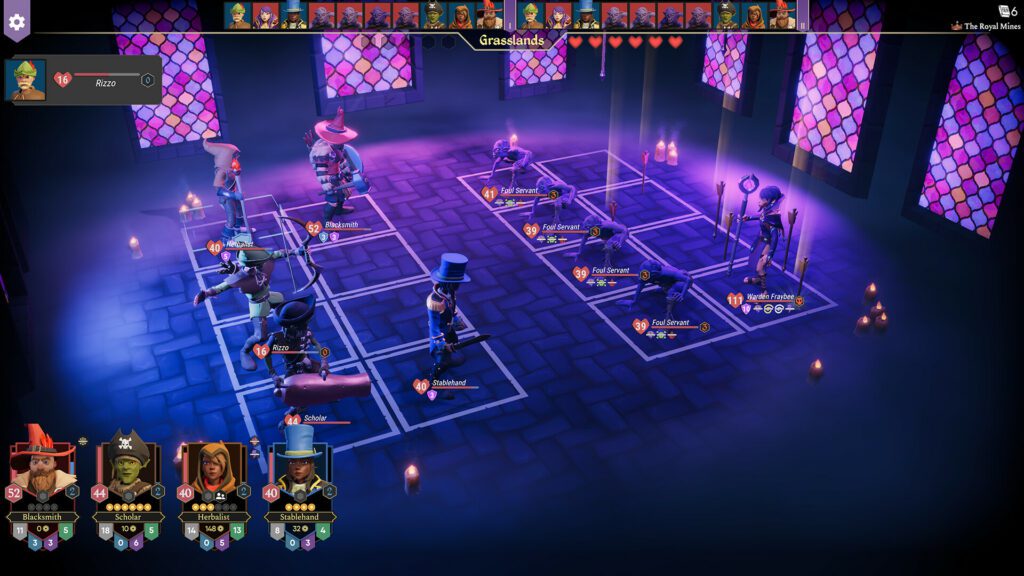
Despite its flaws, the core game still holds an allure. The camaraderie among players, especially when navigating through the design flaws, lends a humorous and enjoyable aspect to the game. However, the frequent loading screens and the identity crisis, being caught between honoring its predecessor and carving its own niche, dull the shine of what could have been a stellar sequel.
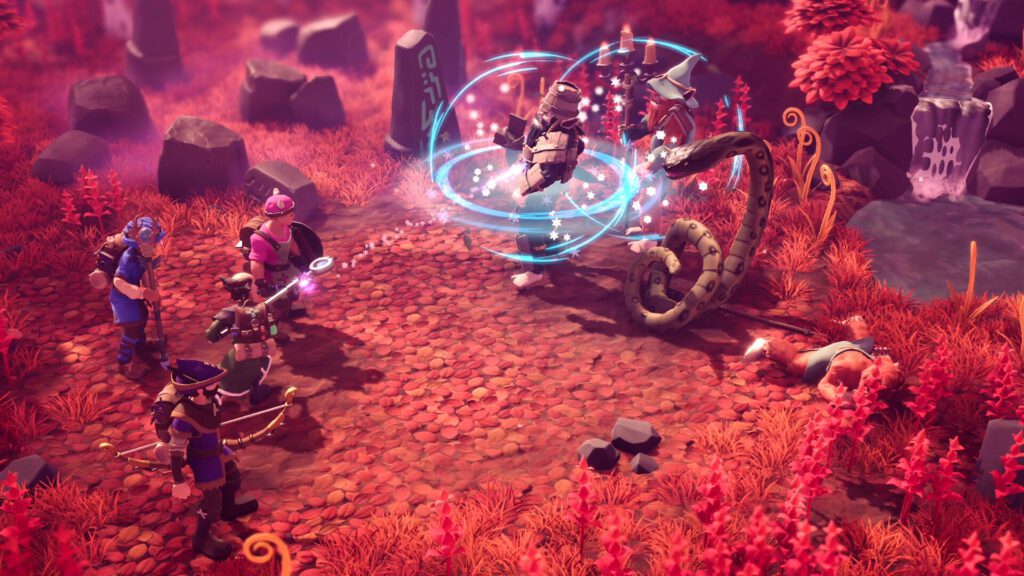
For The King 2 offers a respectable value for money with its Campaign and Multiplayer modes, encouraging replayability through a metagame progression system. The concept of Lore, a metagame currency, adds a layer of engagement by unlocking newer gear, monsters, encounters, cosmetics, and playable classes with each attempt at a chapter.
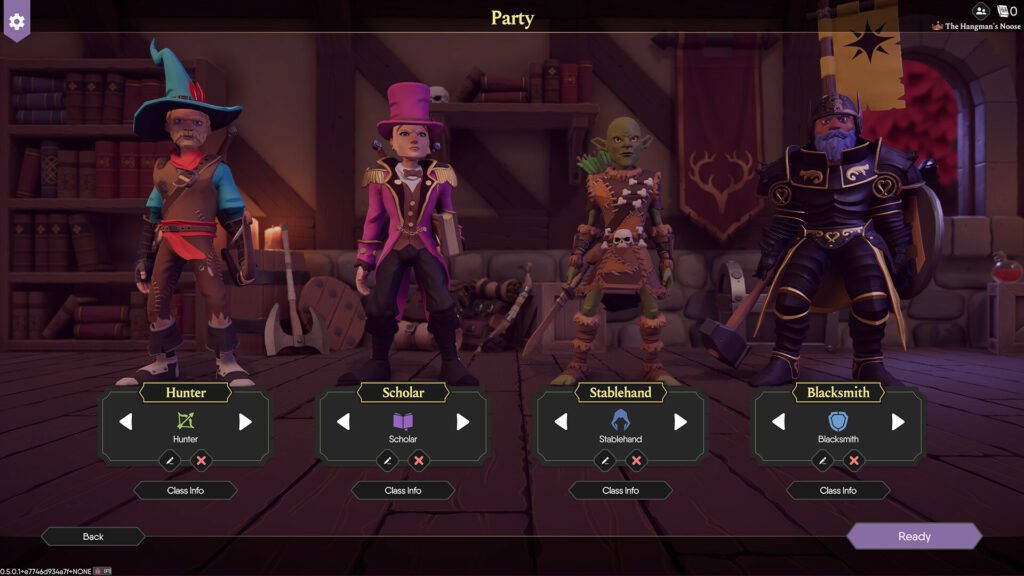
In conclusion, For The King 2 has the potential to be a worthy successor with its enriched gameplay and additional content. However, the lackluster narrative coupled with the vexing UI/UX design issues needs addressing to fully realize its potential. The game, in its current state, teeters on the brink of being a commendable sequel and being overshadowed by the enduring charm of its predecessor.
Helrato, or Hel for short, is your typical young gamer from Australia who grew up with an older brother that introduced him to gaming. That same older brother would give him an unplugged controller and told him that he was playing, and that's how Helrato's journey into games started - by believing he was playing something when in fact he wasn't playing anything.
Helrato's favourite game franchises include Assassin's Creed, Age of Empires, Call of Duty, Final Fantasy and Metal Gear Solid. With his old favourite games of all time being Brigandine: The Legend of Forsena, Legaia 2 and Dark Chronicle (Dark Cloud 2). If you know those games, mad respect.
When he's not writing reviews, he's playing games, when he's not playing games, he's thinking about playing games, when he's thinking about playing games, he's at work - not playing games.

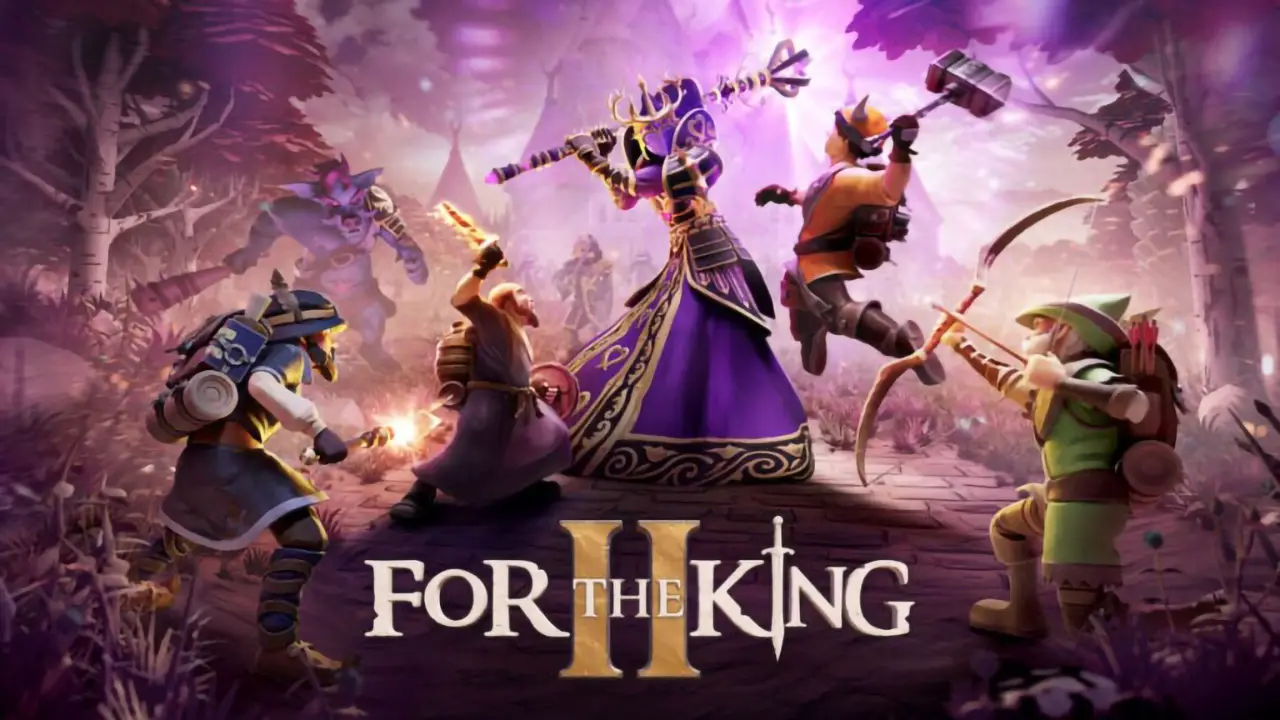

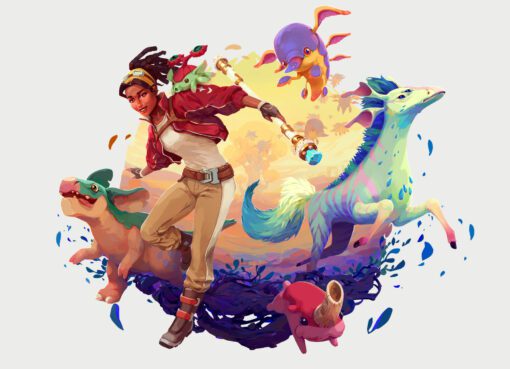
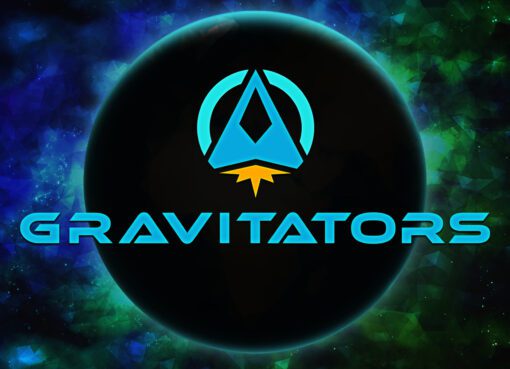

Comment here